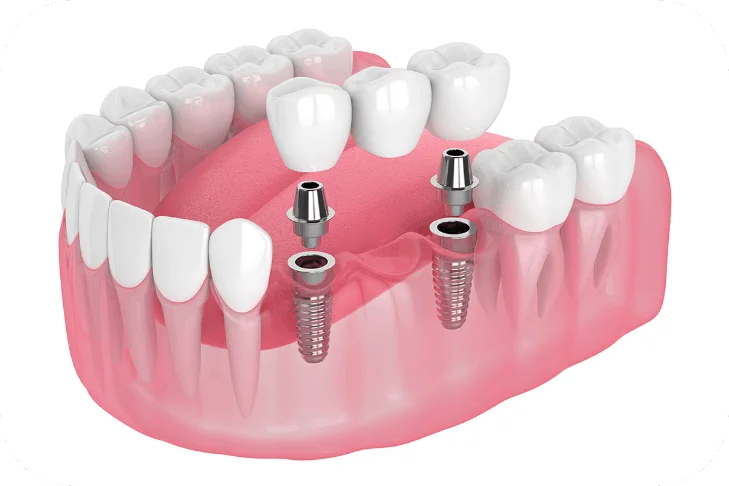In any e-commerce store, product organization is key to providing an excellent user experience. When it comes to WooCommerce, the ability to sort products is crucial for customers to find what they need quickly and efficiently. Whether you’re running a store with hundreds or thousands of products, offering sorting options helps improve navigation, streamline the shopping process, and increase conversions. In this blog, we’ll explore how to sort products in WooCommerce and why it’s essential for your store.
Why Sorting Products Matters
Before we dive into how to implement product sorting, let’s discuss why it’s so important for your store:
- Improved User Experience (UX): Customers want a hassle-free shopping experience. By giving them options to sort products by price, popularity, or rating, you empower them to find what they need quickly.
- Increased Conversions: The easier it is for customers to find products they want, the more likely they are to make a purchase. Sorting options can lead to more sales, as they help customers find the right products faster.
- Better Product Discoverability: With sorting filters, products that are frequently bought, highly rated, or discounted can be easily highlighted, improving their visibility.
- SEO Benefits: Properly sorted product listings with relevant filters can enhance the user journey, potentially contributing to higher rankings on search engines, as it directly improves user engagement.
Default WooCommerce Sorting Options
By default, WooCommerce provides several built-in sorting options to help your customers find products faster. These options can be applied to the shop page and product category pages.
- Default Sorting (Custom Ordering + Name): This is the standard sorting order where products appear based on their custom position, or alphabetically by name.
- Popularity: Products are sorted by the number of sales or views, helping popular items get more visibility.
- Average Rating: Sorting products by ratings allows customers to see the highest-rated products first, which can be especially beneficial for stores selling products with customer reviews.
- Price (Low to High / High to Low): This option allows users to filter products based on their price range, making it easier for customers to find products within their budget or see the premium items first.
- Stock Status: Sorting by stock status enables customers to quickly see which products are in stock, out of stock, or on backorder.
How to Enable or Customize Product Sorting in WooCommerce
While WooCommerce comes with default sorting options, you might want to provide additional or more tailored sorting options to suit your store’s needs. Here’s how you can enhance product sorting:
1. Using a Sorting Plugin
There are several WooCommerce plugins available to extend and customize product sorting functionality. Here are some of the best options:
- WooCommerce Product Sorting Plugin: This plugin allows you to add custom sorting options based on specific criteria like weight, SKU, and custom attributes. You can also prioritize certain sorting options based on the needs of your customers.
- WooCommerce Advanced Product Sorting: This plugin offers advanced sorting options, including sorting by product type, custom fields, or even by specific tags or categories.
These plugins give you the flexibility to modify the sorting behavior on the fly and offer unique sorting methods that match your store’s setup.
2. Custom Sorting by Attributes
If you have a store with diverse product types or categories, allowing users to sort by specific product attributes can provide more control. For example, in a clothing store, you could allow customers to sort by size, color, fabric, or brand.
To implement this, you would need to use custom taxonomies or attributes. You can create custom sorting rules based on product attributes with the help of a plugin or by modifying your theme’s functions.php file.
Here’s a simple example to sort products by a custom attribute:
phpCopy codefunction custom_product_sorting( $query ) {
if ( is_shop() || is_product_category() ) {
if ( isset( $_GET['sortby'] ) && $_GET['sortby'] == 'color' ) {
$query->set( 'orderby', 'meta_value' );
$query->set( 'meta_key', 'color' ); // Replace with your custom attribute
$query->set( 'order', 'ASC' ); // Change order as needed
}
}
}
add_action( 'pre_get_posts', 'custom_product_sorting' );
In this example, products are sorted based on a custom attribute “color”. You can adapt it to fit other attributes that matter to your customers.
3. Sorting via a Theme or Custom Code
If you are comfortable working with code, you can customize the sorting functionality directly within your theme. WooCommerce hooks and filters make it easy to adjust the sort order by modifying the product query.
For example, if you want to add a custom sorting option to your WooCommerce store, you can use the woocommerce_catalog_ordering filter. Here’s how you might add a new “Sort by Date” option:
phpCopy codefunction add_custom_sorting_option( $sort_by ) {
$sort_by['date'] = 'Sort by Date';
return $sort_by;
}
add_filter( 'woocommerce_catalog_orderby', 'add_custom_sorting_option' );
This code snippet allows you to add a custom sorting option that sorts products by the date they were added.
How to Display Sorting Options
Displaying the sorting options on the shop page is easy with WooCommerce. By default, WooCommerce displays the sorting options as a dropdown on the shop and product category pages. However, you can change the position of the sorting options or even convert them into buttons or toggle switches to enhance the customer experience.
To make sorting more visible:
- Use a sorting bar or filter section at the top or side of the shop page.
- Implement Ajax-powered sorting to update the product listings instantly without refreshing the page. This improves UX, especially on pages with a large number of products.
Best Practices for Product Sorting
Here are some best practices to consider when implementing product sorting on your WooCommerce store:
- Keep it Simple: Avoid overwhelming customers with too many sorting options. Stick to the most relevant ones based on your store type (e.g., price, popularity, ratings).
- Test Sorting Options: Regularly test which sorting options your customers prefer, and adjust accordingly. You can gather insights through surveys or by analyzing customer behavior.
- Ensure Mobile-Friendliness: Make sure that sorting options work seamlessly on mobile devices, as many users shop via their phones or tablets.
- Use Filtering in Tandem: Sorting works best when paired with filtering. Allow customers to filter by category, price range, color, etc., and then sort the results based on their preferences.
Conclusion
WooCommerce Sort Products is not just about making your store look neat; it’s about improving the shopping experience for your customers. By offering flexible sorting options, you can help your customers find what they want faster, increase conversion rates, and drive higher sales. Whether you use default WooCommerce settings or extend functionality with plugins or custom code, sorting is a powerful tool that can make a significant difference in how customers interact with your store.
Start optimizing your product sorting today and watch your store’s user experience improve dramatically!












